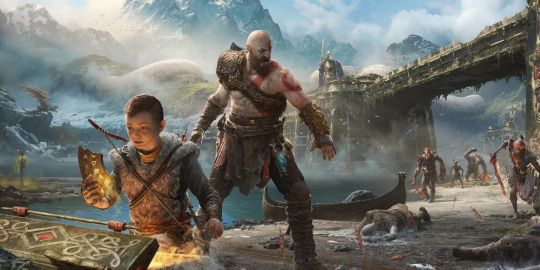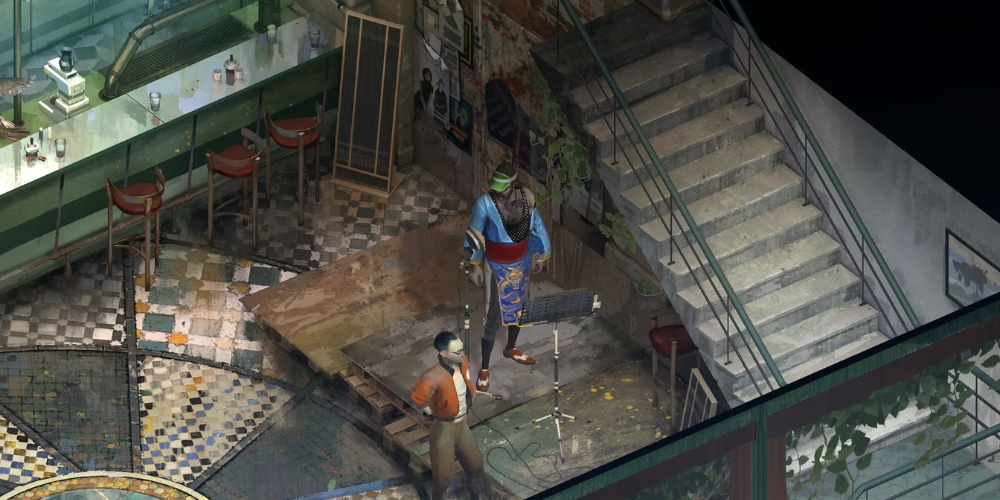
It is undeniable that storytelling is a fundamental element of human culture that predates written language. Weaved with intrigue, suspense, and emotion, stories have the power to captivate our hearts and minds. Today, technology has given a new dimension to storytelling: Video games. Fusing visual arts, sound design, and interactive narrative, video games have emerged with a unique storytelling prowess that holds gamers spellbound. This article explores the art of storytelling in video games: The narratives that captivate players.
Chronicles of Digital Realms: The Birth of Storytelling in Video Games
Early video games were more about gameplay mechanics than intricate narratives. However, as technology progressed, it became possible to create more immersive philosophical, emotional, and narrative journeys. This evolution meant that video games became a powerful medium for storytelling that could compete with films and novels. Like a chameleon, the narrative in video games is constantly changing and adapting, striving to make experiences more engaging and immersive.
The Essence of Immersion: How Video Games Captivate Players
How do video game narratives captivate players? The secret lies within the principle of immersion. Creating a captivating narrative is not just about crafting an interesting story; it's about sucking the player into the game world, convincing them to suspend their reality, and have them emotionally engaged in a unique and personal journey.

Interactive Stories: The Player's Path Makes the Narrative
Video games provide a level of narrative agency that is unique to their format. Players aren’t just spectators; they are active participants within the narrative. This interactivity is a significant factor in video game storytelling; it lets players shape the journey based on in-game decisions. This feature leans on the concept of 'branching narratives', leading to varying outcomes, thus ensuring a unique tale for each player.
Schema of Storylines: Underlying Structures in Video Game Narratives
Most great video game narratives follow an underlying structure, balancing the linearity necessary for a cohesive storyline with the sandbox of possibilities that reflects the player's personal journey. This delicate balance depends on the creators' well-thought-out game design. The intertwining of motivating gameplay with a compelling narrative arc motivates the player's onward journey, building up anticipation and excitement.
A New Dimension to Characters: The Emotional Interplay in Video Games
Character development within video games adds depth to the narrative, making for a more rewarding playing experience. Well-developed characters, be it the player-controlled protagonist, the supporting cast or the antagonizing forces, evoke emotional bonds in the players. From laughter to tears, triumph to defeat, these emotional interplays resonate within the players making them an integral part of the story.

Unleashing Realism: The Role of Sound and Visual Design in Storytelling
The power of video games as a storytelling medium also extends to their visual and sound design. From artistic game levels that welcome exploration to music scores that enhance the narrative mood, these elements of design, painstakingly handcrafted by the creators, make for immersive storytelling experiences. In essence, the synergy of visuals and sound design amplifies the emotional intensity of the narrative, making it more impactful.
Concluding Odyssey: A Symphony of Stories in the Digital Realm
Video games have truly evolved into a fascinating blend of narrative artistry and digital technology. Their strength in storytelling lies in their immersive and interactive nature, which is unique to the medium. The captivating power of video game narratives stems from an intricate network of elements, including framework complexity, emotional interplay, and well-crafted sound and visual design. It is through the alchemy of these components that video games captivate their players, transporting them to far-off realms and epic adventures that linger long after the final credits roll.
